Dealing with carpenter bees can be concerning for any homeowner due to their tendency to damage wood structures. In this blog, we’ll explore practical, easy-to-implement strategies for preventing and controlling these buzzing invaders, keeping your home safe and sound.
Understanding Carpenter Bees
Before diving into prevention, it’s essential to know what carpenter bees are and why they behave the way they do. These bees resemble bumblebees but have distinctive shiny, black abdomens. Unlike most bees, carpenter bees are solitary and they love boring into wood to create their nests. Their tunneling habit provides a cozy and protected environment for laying eggs, but it also poses a significant threat to the structural integrity of wood.
Carpenter bees are fascinating creatures. Their life cycle starts from eggs laid within the tunnels. These eggs hatch into larvae, which eventually mature into adult bees. This cycle can result in multiple generations inhabiting the same space if the tunnels are left unchecked. Interestingly, carpenter bees are less aggressive compared to other stinging insects. The females, while capable of stinging, usually only do so if provoked. Understanding these bees enables us to appreciate their role in the ecosystem while acknowledging the need to manage their impact on our homes.
Signs of Carpenter Bee Infestation
Spotting an infestation early can prevent extensive damage. Look for perfectly round holes in wood, piles of sawdust, and bees hovering around wooden surfaces. Listening for a faint buzzing sound around those spots can also confirm their presence. The entry holes are typically half an inch in diameter and are often found in untreated or exposed wood surfaces.
In addition to visual signs, paying attention to the time of year can help with identification. Carpenter bees are most active during spring and early summer when they’re busy building nests and rearing their young. Observing bee activity around your home during these months can be an effective way to gauge the likelihood of an infestation. Extending our awareness to these seasonal patterns can make all the difference in early detection and control.
Effective Prevention Techniques
Prevention starts with making your wood surfaces unappealing to bees. Painting or varnishing wood can deter them, as they prefer untreated wood. Seal any cracks or holes and replace any weathered wood promptly to deter nesting. Regular maintenance is key in keeping carpenter bees at bay.
Additionally, positioning wooden surfaces away from immediate sunlight and moisture can reduce their attractiveness to these bees. The effort put into creating an environment that dissuades carpenter bee interest pays off in the long run. Combining these physical barriers with routine upkeep, such as annual inspections and timely repairs, fortifies your home’s defense against carpenter bees.
Carpenter Bee Traps - What do they do?
Carpenter bee traps are an effective and natural solution for protecting wooden structures from the destructive tunneling of carpenter bees. Unlike chemical sprays or insecticides, these traps work by mimicking the ideal nesting environment for carpenter bees, luring them inside and preventing them from escaping. This method not only reduces the bee population around your home but also prevents long-term wood damage to decks, siding, fences, and outdoor furniture. By using a well-designed carpenter bee trap, homeowners can safeguard their property without harming beneficial pollinators like honeybees and bumblebees.
The purpose of a carpenter bee trap is to provide a long-lasting, maintenance-free way to manage infestations and prevent further structural harm. These traps are built to withstand outdoor conditions and require minimal upkeep, making them a hassle-free and eco-friendly solution. By strategically placing traps early in the season, homeowners can effectively deter carpenter bees before they cause costly damage, ensuring their wooden structures remain intact and pest-free. If you’re looking for an effective solution, check out these Carpenter Bee Traps from Best Bee Brothers to safeguard your home from these pesky invaders!
Repairing Damage and Monitoring
Once the infestation is under control, it’s essential to repair any damage caused by those pesky carpenter bees. A great way to start is by filling holes with wood putty and painting over them to keep future nesting at bay. This not only helps restore the look of the affected area but also reinforces the surface, making it less inviting for future invaders. To make this process even easier, consider using The Total Bee-Fense Kit from Best Bee Brothers. This environmentally friendly kit is designed specifically for targeting carpenter bees and comes with everything you need to effectively manage any existing issues.
Regular monitoring of susceptible wooden areas ensures any new activity is caught early. During routine checks, look for new holes, inspect past repairs for signs of wear, and even consider using traps to gauge bee activity levels. Maintaining a written log of inspections and repairs creates a useful reference, highlighting the benefits of continuous vigilance in carpenter bee management. This proactive approach not only protects the physical structure but also promotes peace of mind.
Keeping Your Home Buzz-Free
By taking these preventive measures and control strategies to heart, you can protect your home from carpenter bee damage and enjoy a buzz-free living space. Remember, a little effort now can save a lot of hassle later!
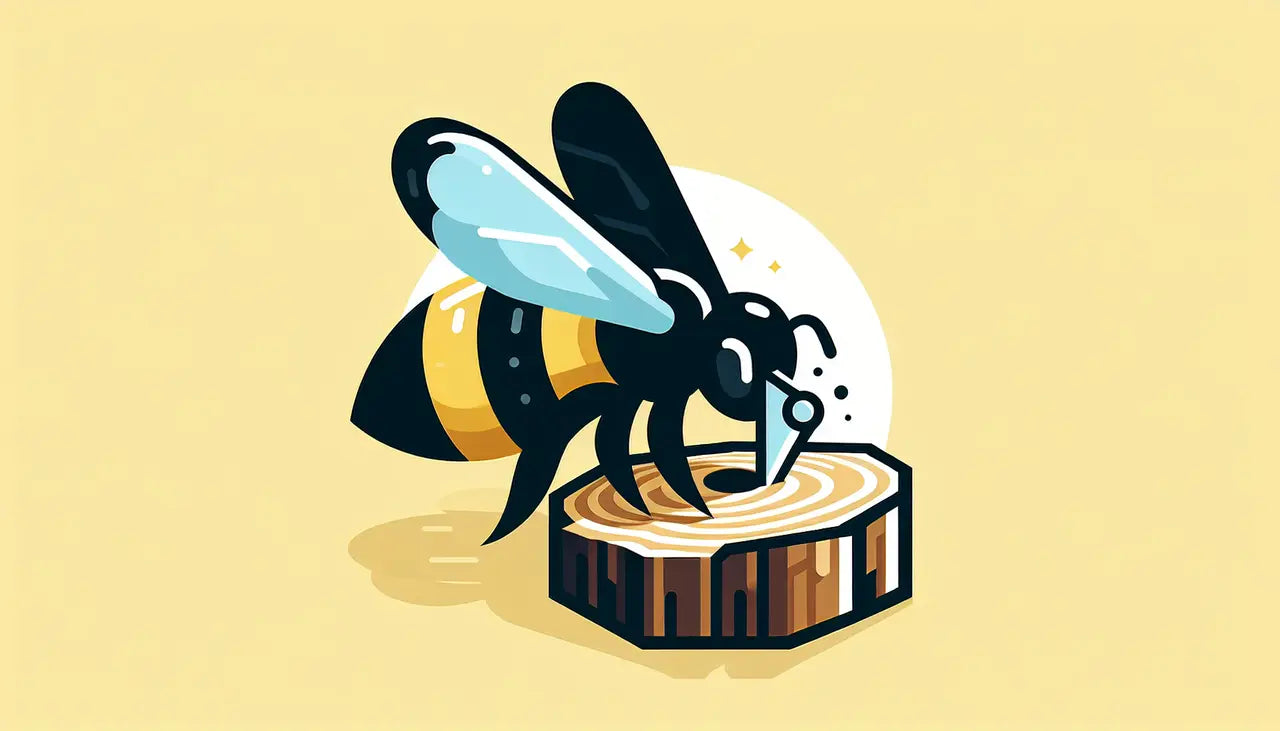

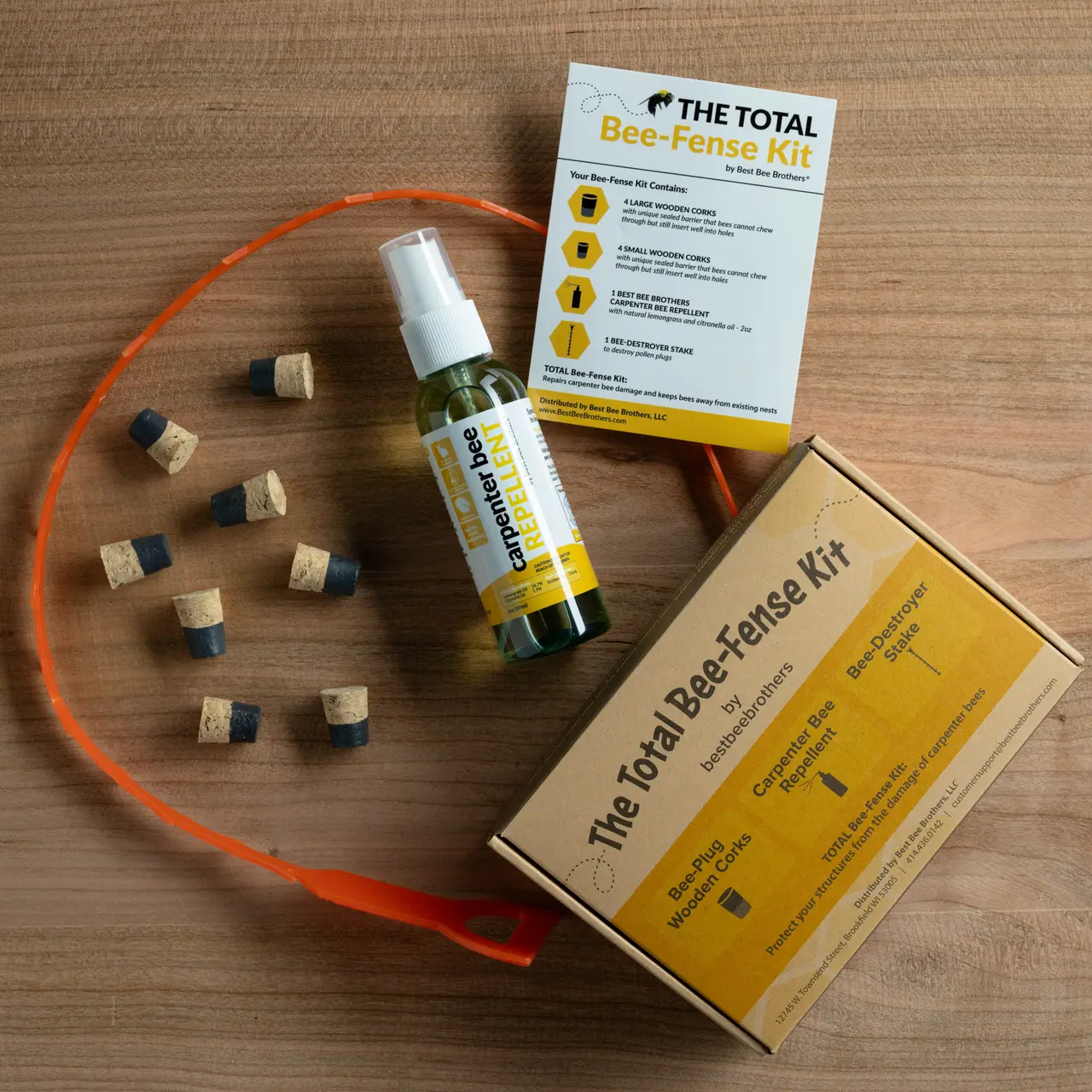
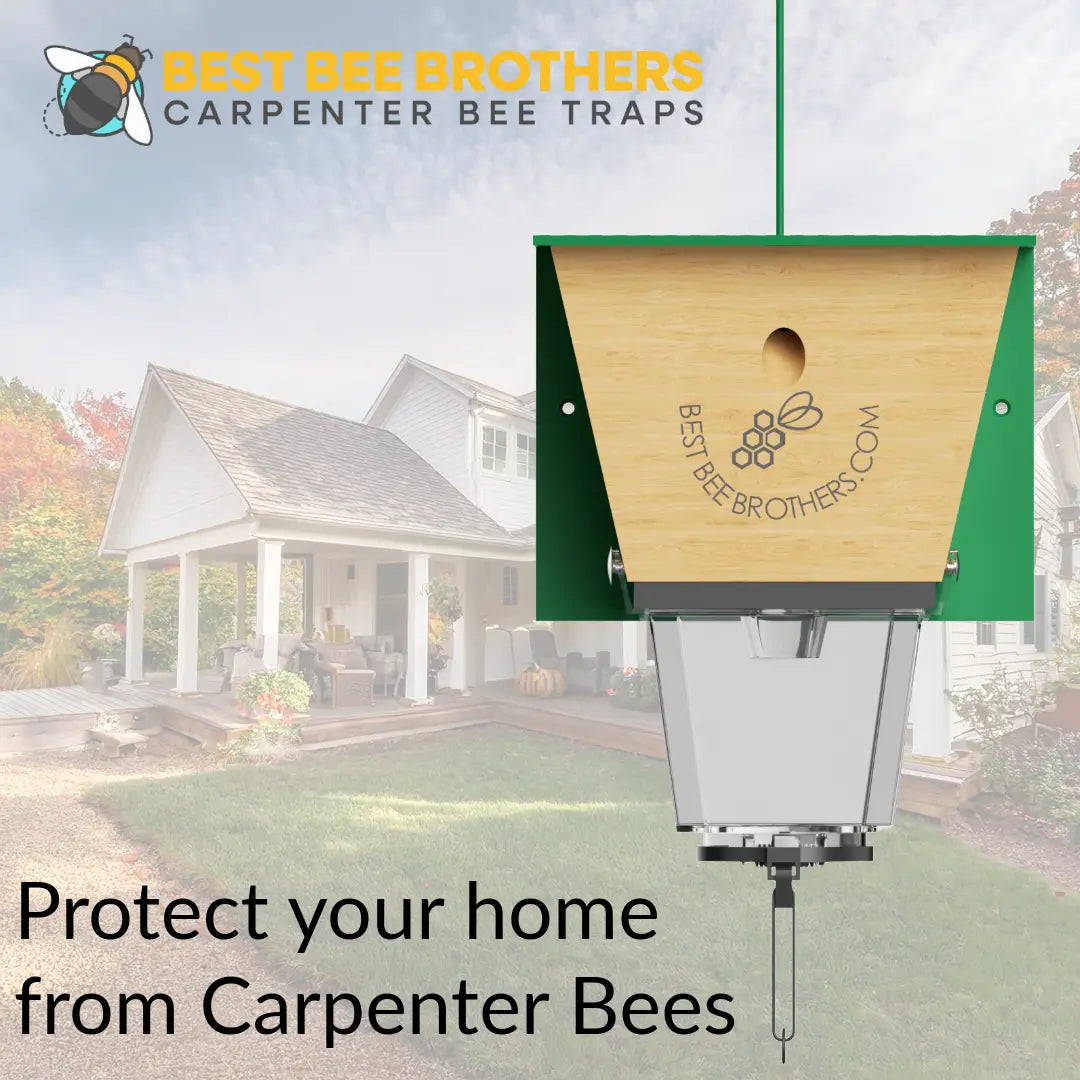
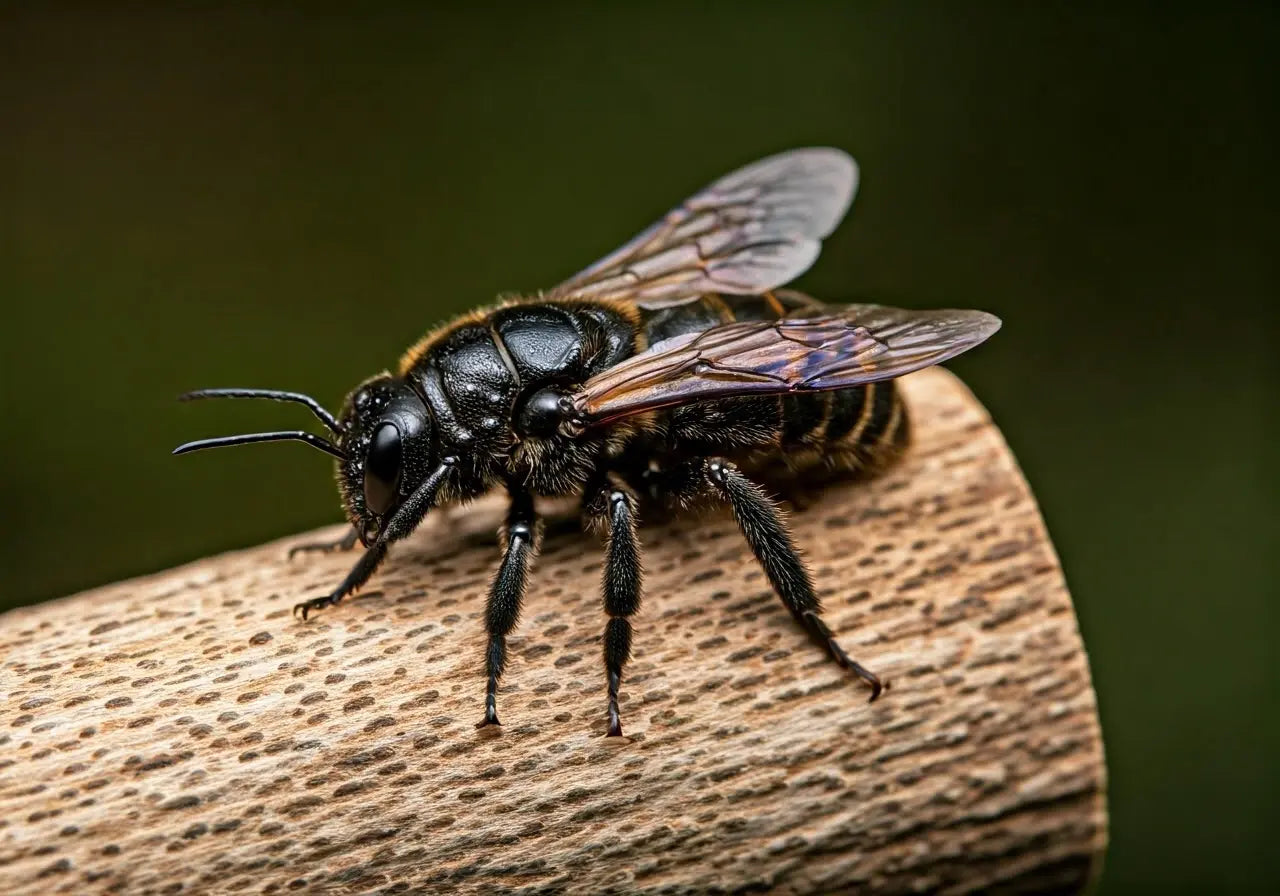
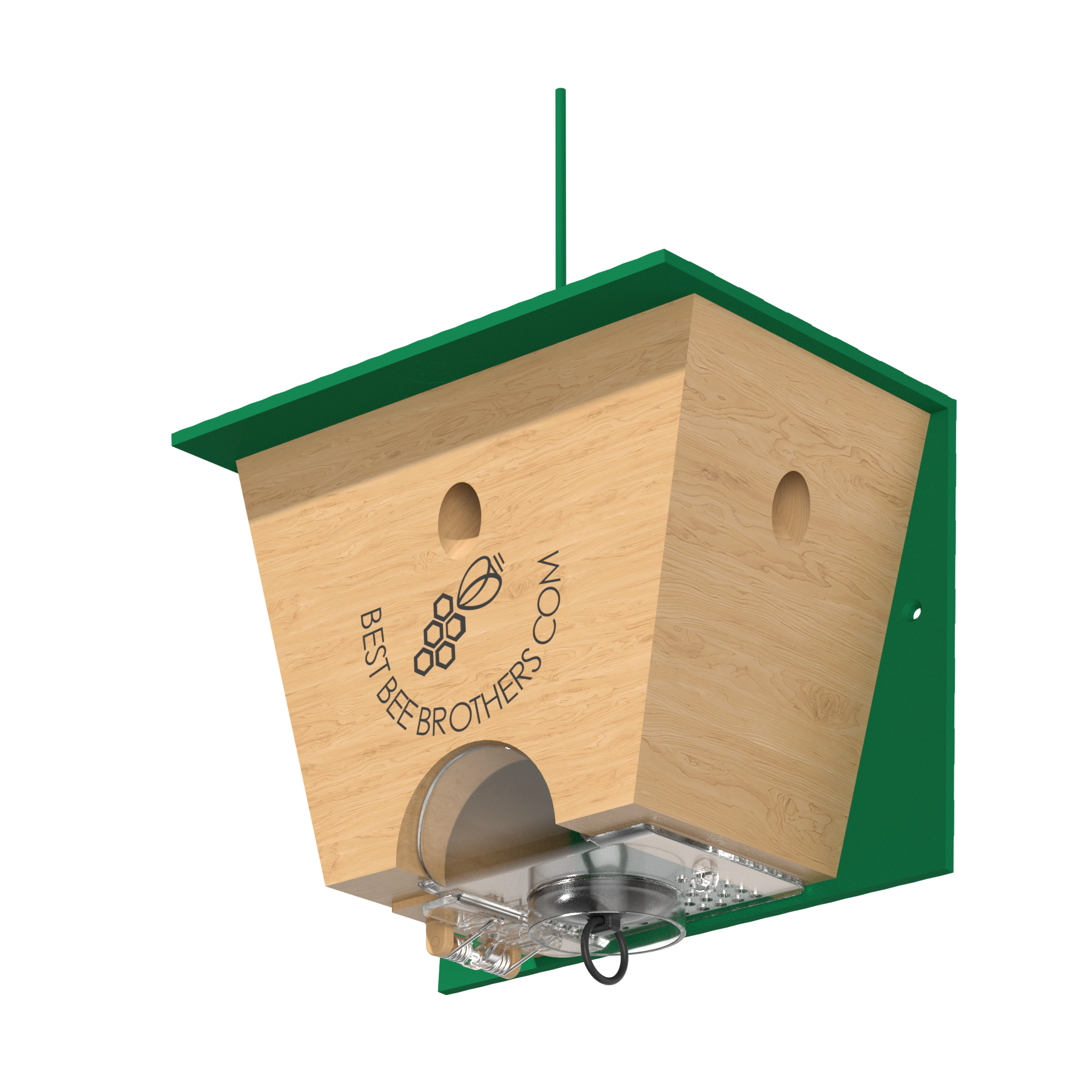
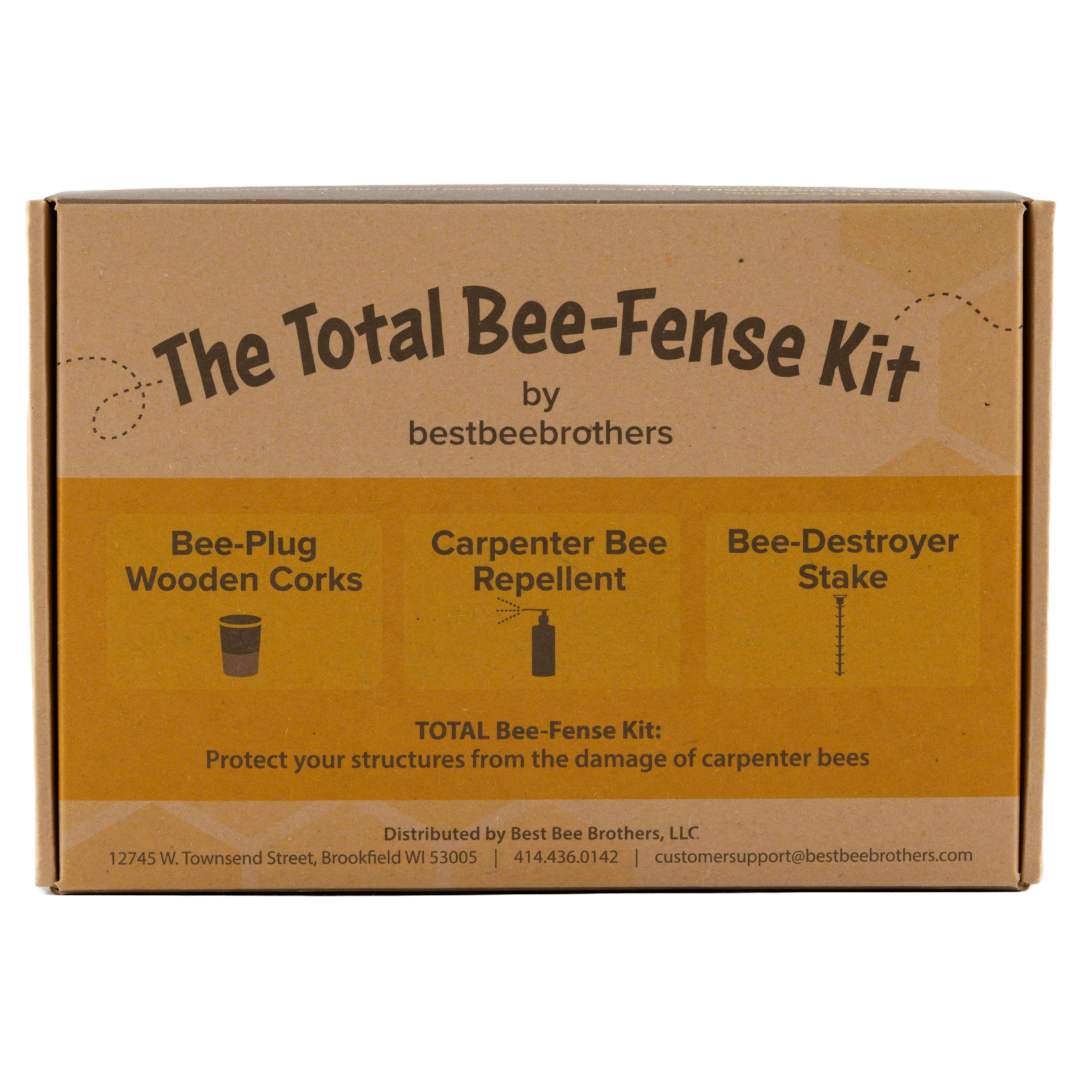




Leave a comment
All comments are moderated before being published.
This site is protected by hCaptcha and the hCaptcha Privacy Policy and Terms of Service apply.